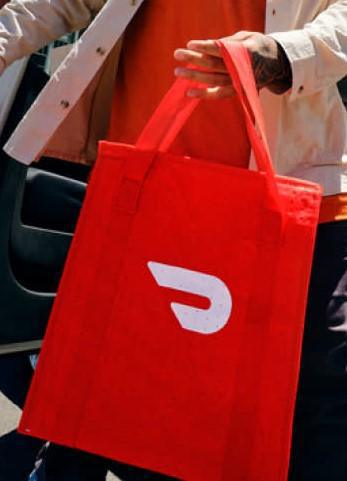Image Credit: DoorDash
A former DoorDash driver from California has admitted to pulling off a $2.5 million scam—but what’s surprising isn’t just the amount. It’s how he did it.
Sayee Chaitanya Reddy Devagiri, 30, didn’t just steal credit cards or make fake accounts.
He used insider-level access to DoorDash’s own system to reroute and fake deliveries.
It’s a rare glimpse into how someone on the inside can twist the tools of a major tech company for personal gain—and get away with it, at least for a while.
How the Scam Worked
Between 2020 and 2021, Devagiri and a few partners figured out how to game the system. Here’s what they did:
-
Used stolen login credentials to access DoorDash’s internal order system.
-
Reassigned real customer orders to drivers under their control.
-
Marked those orders as “delivered,” even though nothing was ever dropped off.
-
Collected full payouts from DoorDash, over and over again.
Each scam order took just a few minutes to process. Over time, the group pulled this trick hundreds of times, raking in more than $2.5 million.
An Inside Job With Employee Access
The biggest twist in this case? Devagiri didn’t use brute force or complex hacking tools—he used what looked like employee-level access.
That meant he could manipulate DoorDash’s backend systems in ways normal users never could.
He wasn’t just breaking the rules; he was rewriting them from the inside.
That’s what makes this case more than just another scam story—it’s a wake-up call for tech companies that rely on internal trust and digital controls.
Watch Out for Insider Threats
Cybersecurity professionals say this is exactly the kind of threat that’s hard to catch—but very damaging.
"DoorDasher accounts that are in good standing might have value on the dark web, and bad actors may look to find them to pick up a side gig," said Sean McNee, vice president of internet intelligence company DomainTools. "This case underscores the critical need for robust internal controls and monitoring."
DoorDash has responded by tightening its internal security and monitoring.
In a statement, the company said, “We have zero tolerance for fraud… and have taken steps to prevent similar incidents in the future.”
Not the First Time DoorDash Faced Questions
DoorDash has dealt with criticism before—especially around how it handles drivers and customer payments.
In past years, the company paid millions in settlements over how it used tips and driver earnings.
This latest incident adds another layer of concern—this time about what can happen inside the company itself, not just on the app.
What Happens Next?
Devagiri has pleaded guilty to conspiracy to commit wire fraud. He could face up to 20 years in prison and a fine of $250,000.
Two others involved in the scam, Manaswi Mandadapu and Tyler Thomas Bottenhorn, also pleaded guilty.
His next court appearance is set for September 16.
The Gig Economy’s Weak Spot
This isn’t just about DoorDash—it’s about how modern gig platforms operate. With millions of deliveries handled through automated systems, there’s a growing risk when someone who knows the system decides to exploit it.
The big takeaway? Even in high-tech companies, it’s often what happens behind the scenes that poses the biggest risk.


